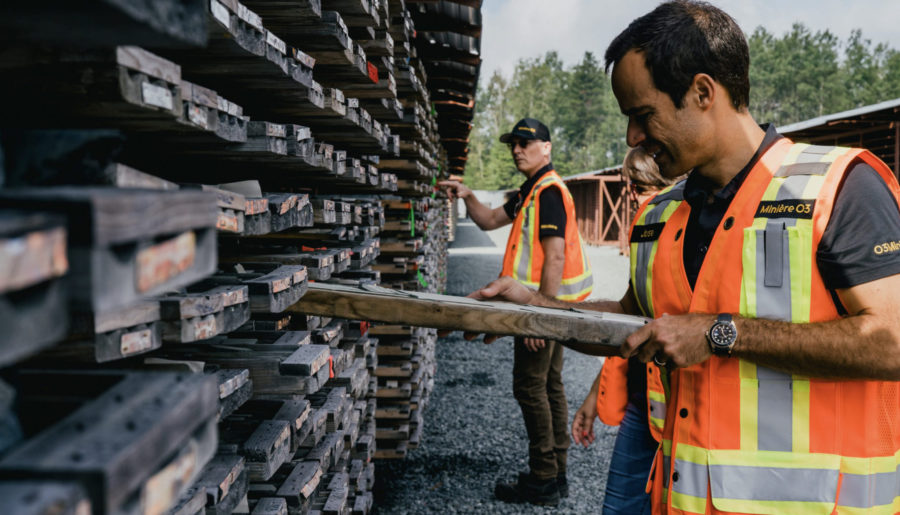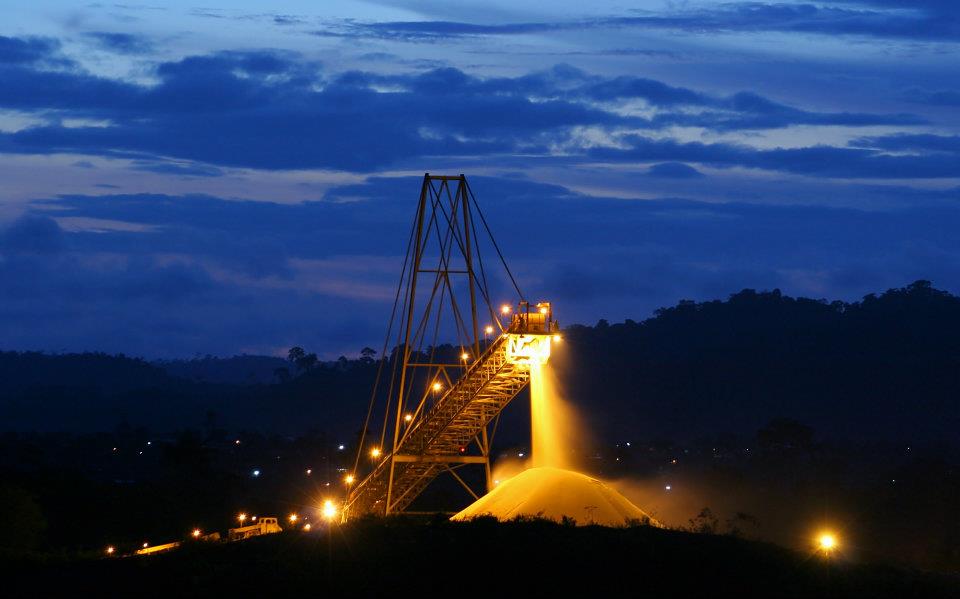O3 Mining reports 92.3% gold recovery from Malartic H sample

O3 Mining (TSXV: OIII) has shared results from the initial gold recovery test program on drill core samples from the Malartic H deposit at its Marban Alliance project in Val-d’Or, Quebec.
The tests completed by SGS Canada showed a gold extraction rate of 92.3% after 48 hours of cyanide leaching. The bond ball mill work index averaged 13.5 kWh/t.
“This metallurgical test work has provided us with additional confidence in our ability to incorporate the Malartic H deposit into a potential Marban Alliance mine plan,” said O3 Mining’s CEO José Vizquerra.
The metallurgical tests included head characterization, comminution testing, gravity, cyanide leach testing, cyanide detox, oxygen uptake, solid/liquid separation, and rheology tests.
The gold recovery program tested the samples under a gravity-tail leach flowsheet, similar to the process in the Marban Alliance pre-feasibility study. A three-stage extended gravity gold test on the main composite from Malartic H showed a value of 59%.
Gold extraction from 10 samples ranged from 91.6% to 98.7%, averaging 92.9%, with an average head grade of 1.35 g/t, the company said.
The Malartic H deposit has a strike length of 950 metres, is 300 metres wide, and extends to a vertical depth of 500 metres. It is within 5 km of the proposed processing plant and about 1 km north of the former Malartic Hygrade mine.
The mineralized system is partially open laterally and completely open at depth. The deposit is between the northwestern extensions of the Marbenite and Norbenite shears, which host most of the Marban Alliance project’s resources.
Current studies project a mine life of 9.6 years with average annual production of 161,000 ounces of gold. Estimated resources for the Marban Alliance project are 2.6 million oz. of gold.
More News
{{ commodity.name }}
{{ post.title }}
{{ post.date }}



Comments